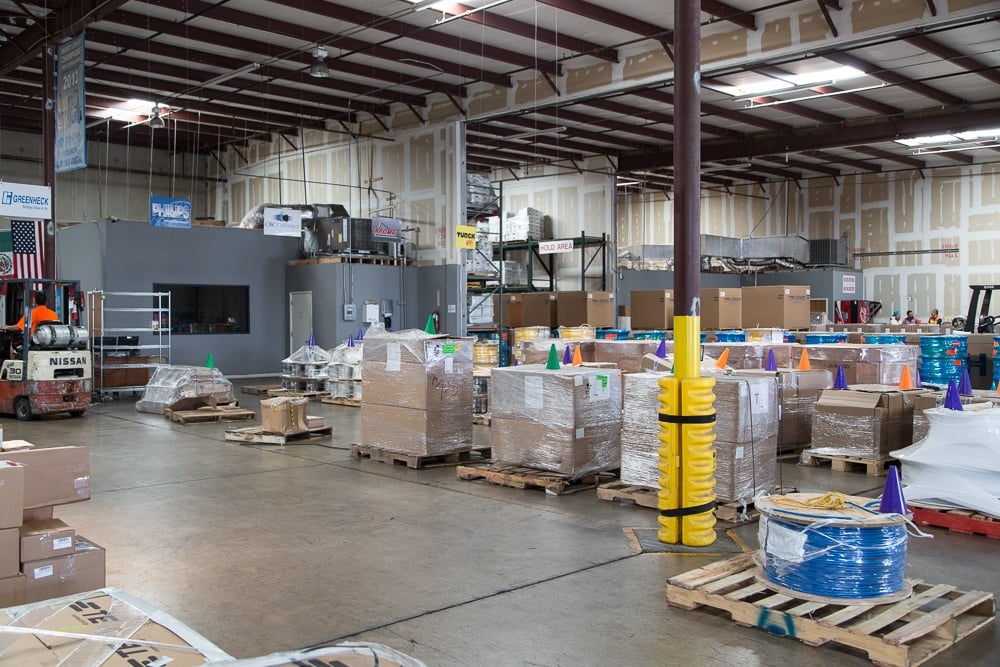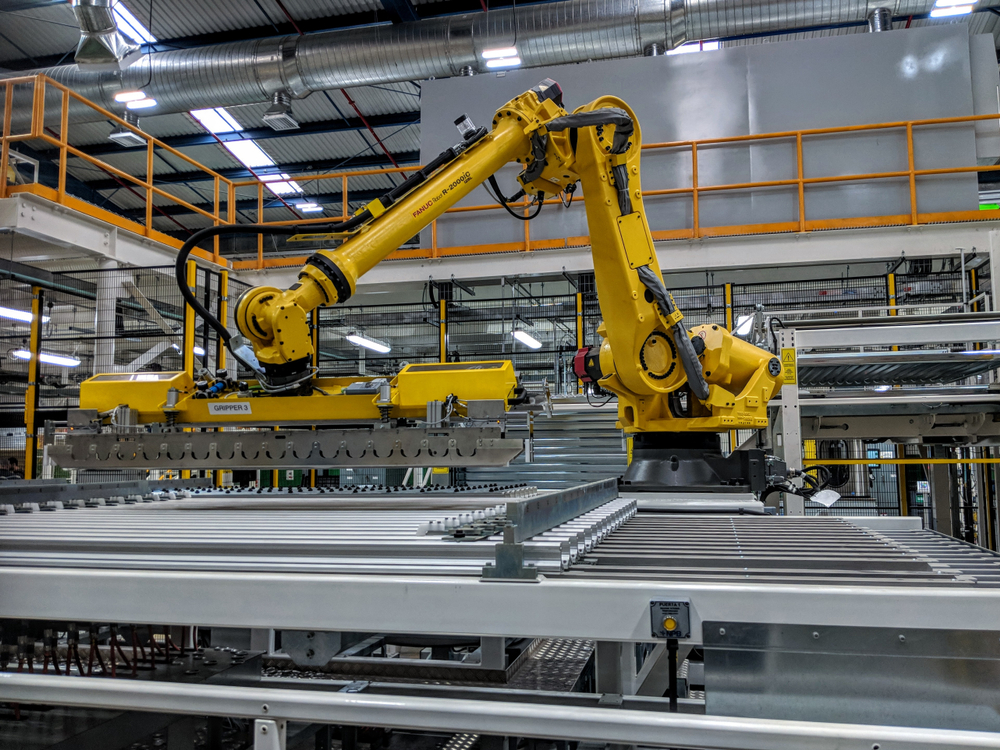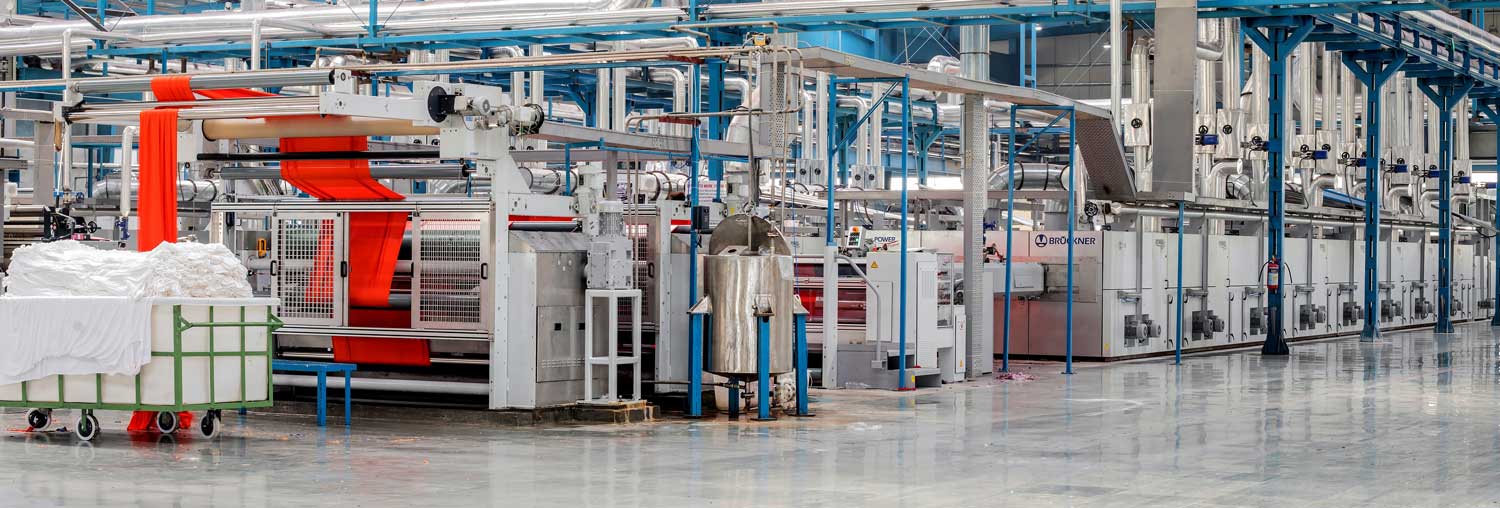China, the nation that U.S. companies have been flocking to take advantage of lower labor costs for over the past two to three decades, is no longer the go-to option for manufacturing, according to The Wall Street Journal.
Jeffrey Joerres, CEO of temporary-staffing company ManpowerGroup, said that while the wage gap is shrinking, American companies that have offshored to China will not rush to move operations back. Instead, Joerres said while those factories will remain in China, companies will have greater incentive to invest in manufacturing closer to home. After all, manufacturing costs in the U.S. are only 20 percent higher than in China - a significant disparity considering that just ten years ago, high Chinese wages were unthinkable.
According to data from the Bank of America cited by the San Diego Newsroom, labor rates in Mexico could be as much as 20 percent lower than those in China. The U.S. Department of Labor found that, of 50 U.S. companies, 25 were shifting their manufacturing to other areas. Not surprisingly, given the BofA data, Mexico was among the top regions selected.
The Evolution of Offshore Manufacturing
Just a decade ago, labor rates in Mexico were 188 times that of China's - now they could be 20 percent lower, according to the Labor Department. Mexico also provides a proximity to the United States that other offshoring countries simply cannot compete with, labor costs aside: higher productivity, lower transportation costs, better payment terms, faster delivery to market, more reliable quality - the list goes on.
While reshoring operations is completely feasible for some businesses, nearshoring in Mexico is ideal for others - and in most cases, more economical at this moment in time.
For Joerres, the cycle of manufacturing offshore is coming full circle. In the 1980s, the heavily unionized industrial operations in the northeastern U.S. moved south, where labor unions did not have the hold on wage control as they did on the north, the WSJ reported. Then, companies looked farther south at Mexico. With advanced supply chain management software and a global market to choose from, companies shifted overseas. But now that emerging markets are catching up with stagnated wage growth in the U.S., the overseas advantage is quickly eroding.
As the wage gap closes, more American companies will, once again, consider Mexico as a viable home for efficient manufacturing operations.
Subscribe
Sign up and stay informed with tips, updates, and best practices for manufacturing in Mexico.






